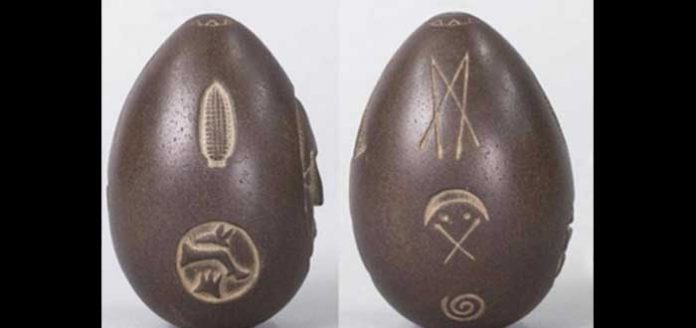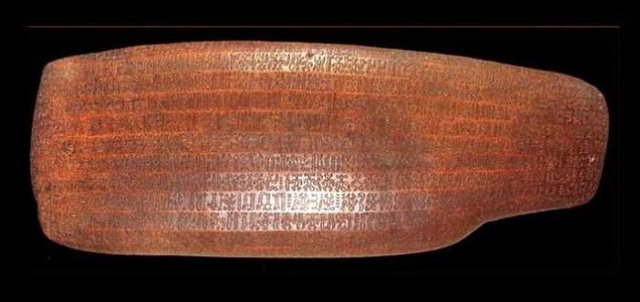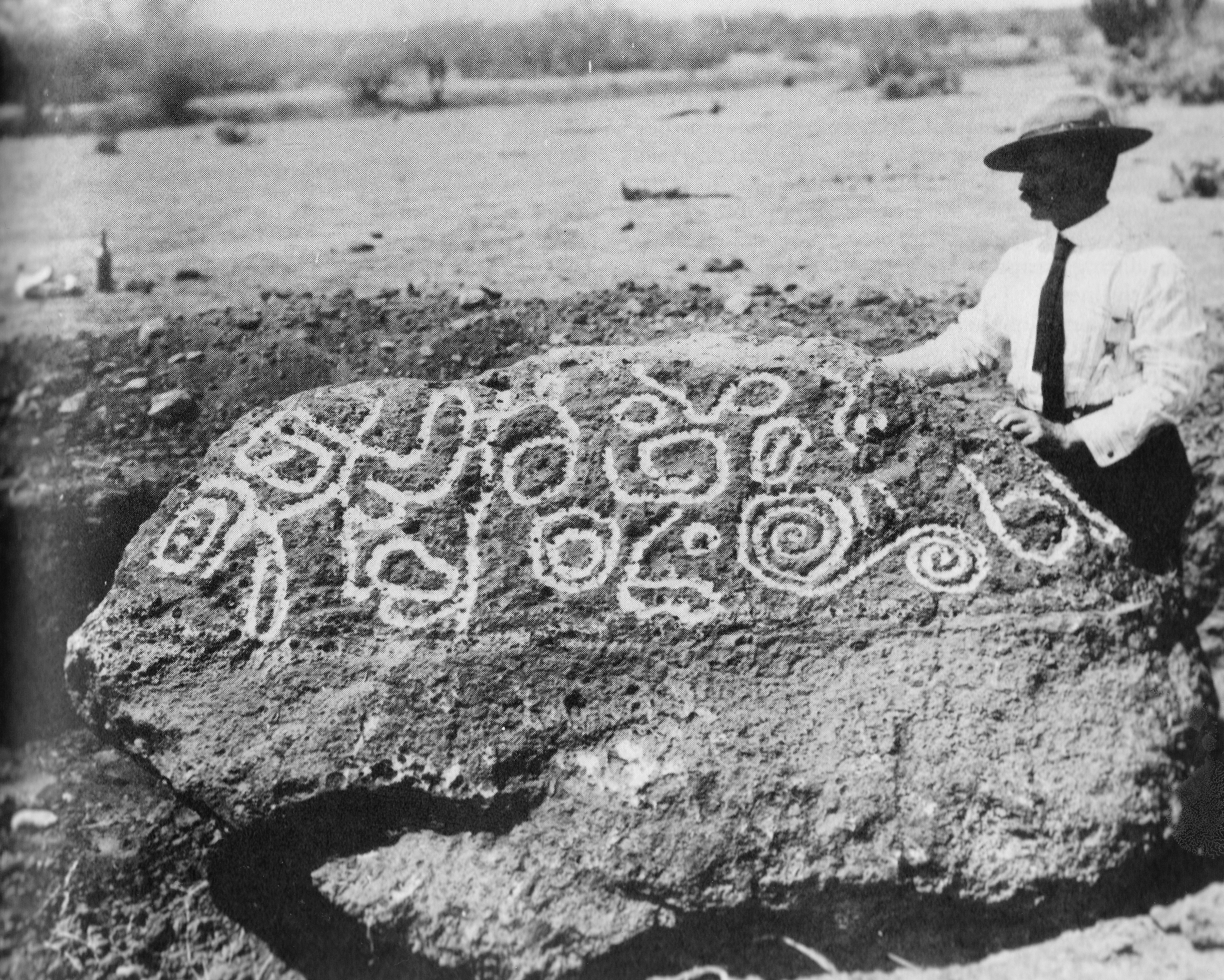3 Mysterious stones that nobody could decipher.
Archaeologists and historians have on their tables many mysterious subjects that have not been able to give an explanation. Petroglyphs and stone carvings are some of these puzzles.
- The Mysterious Stone of Lake Winnipesaukee
In the late 1872, a group of workers digging a fence post for Seneca Ladd near Lake Winnipesaukee discovered a strange egg-shaped artifact. Clearly not a work of nature, the stone was drilled through from end to end with two different sized tools, and polished smooth along its surface. At only 4 inches high and 2.5 inches wide, the stone was miniature but its intrigue was massive.

Besides its strange exterior and construction, the stone was also marked with bizarre symbols ranging deep into the abstract and evoking astronomical symbols along with a plain geometric egg-shaped face.
Initial explanations of the stone began from the simplest answer, stating it simply commemorated a peace treaty between tribes. However, this idea did not hold for long and shortly after it was hypothesized that the stone was in fact an ancient tool of some kind.

These hypotheses have failed to impress the masses, and skeptics on both sides have come to the table, as recent as the late 20th century. A recent analysis suggested that it was a hoax and the hole through the stone was too precise to have been crafted by ancient peoples. Unfortunately, that position simply gave way to explanations including extraterrestrials and further muddled the debate.
What can be said for certain is an unknown craftsman, likely in the mid to late 1800s, carved this strange egg shaped object, and that is has been a source fascination since. Today visitors can decide for themselves on a trip to the New Hampshire Historical Society where the stone has made its home for the last 85 years.
WHERE IS THE LAKE WINNIPESAUKEE MYSTERY STONE TODAY?
Today, after spending years on display, the Lake Winnipesaukee Mystery Stone is in storage at the New Hampshire Historical Society in Concord. You can view it through the society’s online catalog.
- Rongorongo
is a system of glyphs discovered in the 19th century on Easter Island that appears to be writing or proto-writing. Numerous attempts at decipherment have been made, none successfully. Although some calendrical and what might prove to be genealogical information has been identified, none of these glyphs can actually be read. If rongorongo does prove to be writing and proves to be an independent invention, it would be one of very few independent inventions of writing in human history.

Two dozen wooden objects bearing rongorongo inscriptions, some heavily weathered, burned, or otherwise damaged, were collected in the late 19th century and are now scattered in museums and private collections. None remain on Easter Island. The objects are mostly tablets shaped from irregular pieces of wood, sometimes driftwood, but include a chieftain's staff, a bird-man statuette, and two reimiro ornaments. There are also a few petroglyphs which may include short rongorongo inscriptions. Oral history suggests that only a small elite was ever literate and that the tablets were sacred.
Etymology and variant names
Rongorongo is the modern name for the inscriptions. In the Rapa Nui language it means "to recite, to declaim, to chant out".
The original name—or perhaps description—of the script is said to have been kohau motu mo rongorongo, "lines incised for chanting out", shortened to kohau rongorongo or "lines [for] chanting out". There are also said to have been more specific names for the texts based on their topic. For example, the kohau ta‘u ("lines of years") were annals, the kohau îka ("lines of fishes") were lists of persons killed in war (îka "fish" was homophonous with or used figuratively for "war casualty"), and the kohau ranga "lines of fugitives" were lists of war refugees.
Form and construction
The forms of the glyphs are standardized contours of living organisms and geometric designs about one centimeter high. The wooden tablets are irregular in shape and, in many instances, fluted (tablets B, E, G, H, O, Q, and possibly T), with the glyphs carved in shallow channels running the length of the tablets, as can be seen in the image of tablet G at right. It is thought that irregular and often blemished pieces of wood were used in their entirety rather than squared off due to the scarcity of wood on the island.
- Esperanza Stone
The Esperanza Stone was a large (8-feet long) inscribed stone found in the valley of the Yaqui, Mexico. It was discovered and excavated in 1909 by Major F. R. Burnham and Charles Frederick Holder.

The stone was discovered during an expedition in the Yaqui valley.
The stone was "a brown, igneous rock, its longest axis about eight feet, and on the eastern face, which had an angle of about forty-five degrees, was the deep-cut inscription." Symbols on the stone include a volute and a swastika, also found on other stones in Mexico.
There was a legend that the stone had fallen down out of heaven in times past, and that the carving was by human hands.
Thank you again, very nice pics of you @zhother
Thank you..
Wow, great post.
"A recent analysis suggested that it was a hoax and the hole through the stone was too precise to have been crafted by ancient peoples."
Isn't that something they keep finding on ancient sites all over the world -- evidence that can only point to stone machining that can't possibly have occurred, according to archaeologists. It makes you question how much archaeologists really know about what's going on.
Thanks again for the interesting post.
Thank you for comment...